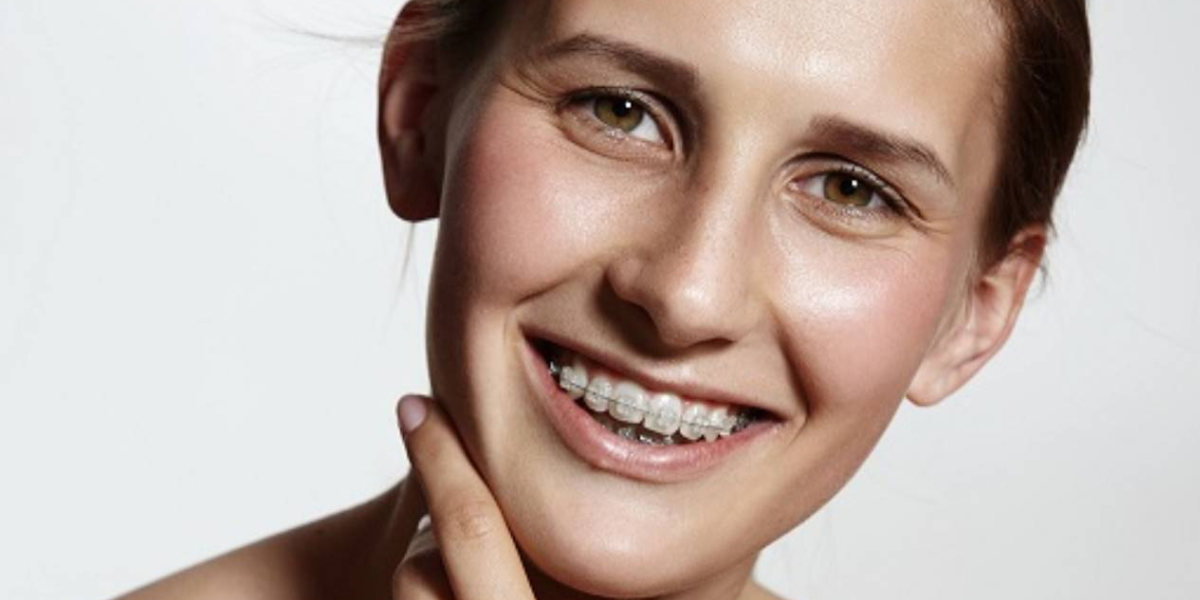Subperiosteal Implants – The Alternative to Traditional Dental Implants
- Sep 10, 2024
Subperiosteal implants are dental implants that sit on top of the jawbone but are placed under the gum tissue. Unlike traditional dental implants, which are placed directly in the jawbone, these implants rest on the surface of the bone. This technique is useful for people who lack enough healthy and thick jawbones for a traditional implant.
They consist of a metal framework which is shaped to fit the very exact form of your jaw. The metal framework has posts attached to the edges. These posts protrude out of the gum and hold the artificial tooth, bridge, or denture firmly in place.
How Does It Differ from the Typical Dental Implant?
The major distinction between subperiosteal and conventional dental implants is that a subperiosteal dental implant is placed on the surface of the jaw, while a conventional dental implant is put inside the bone.
Traditional dental implants, also known as endosteal dental implants, require enough bone thickness to house a dental implant firmly in place. Dental implants act as a tooth root placed in the jawbone, providing support and stability to the artificial tooth. If the jawbone has been resorbed or is too thin, it becomes difficult for a dentist to place a dental implant. In such cases, the dentist has to place bone grafts to increase the width of the bone, which makes it tedious for the patient as well as for the dentist.
On the other hand, subperiosteal implants are placed above the bone, not inside the bone. They require minimal bone support compared to regular implants; thus, subperiosteal implants can be used for patients who have suffered a great deal of bone loss.
What Are the Indications for Subperiosteal Implants?
These implants are placed less frequently than traditional dental implants, yet for a patient, they can be a valuable way to restore oral health. As discussed earlier, they are mainly used in cases where patients have lost a great amount of bone in the upper or lower jaw. Other types of cases in which it is useful are:
Patients who are poor candidates for bone grafting and need a procedure that is less invasive for the bone than that involving conventional implants.
An individual who cannot wear dentures or bridges because he has lost too much bone in the jaw.
A person who is looking to avoid invasive surgery and months of recovery to replace missing teeth.
How Are Subperiosteal Implants Placed?
The steps involved in the placement of these dental implants are different from most other implants. In general, the following are the steps:
Imaging and Planning:
First, your dentist or oral surgeon will take detailed images of your jaw. This might include CT scans, X-rays, or other techniques that will give an accurate image and estimation of the remaining bone structure.
Building the Framework of Implant:
From the images and measurement of the jawbone, a laboratory will create a framework of metal, giving the shape that suits your jaw structure. It is placed over the jawbone and supports the prosthetic teeth.
Placement by Surgery:
Once the framework is ready, the dentist will expose the jawbone through surgery by making an opening in the gums. The dentist will then attach the custom framework over that bone. Once the framework is placed, the bone is shaped as per the requirement. The gum tissue is closed in a way that the posts protrude through the gums.
Healing Process:
Once the metal framework is placed, the gum tissue starts to heal around the metal posts. The healing process will be done in a couple of weeks, after which the framework will be tight enough for the insertion of the artificial teeth into the metal posts.
Attachment of Artificial Teeth:
Once the gums are healed properly, dentures, artificial teeth, or bridges are attached to the posts. This is the final step; new teeth can then be used just like any other natural teeth.
Disadvantages of the Procedure:
Despite some advantages of these implants for people suffering from bone loss, this technique of placing dental implants comes with quite a few disadvantages, as outlined below:
Less Bone Integration:
Conventional implants merge well with the jawbone, which gives them enough stability. In the case of subperiosteal dental implants, they don't merge with the bone in the same way, which makes them less stable.
Higher Risk of Infections:
Since they are positioned above the bone and held in place by the gums, these implants carry a higher risk of gum infection. At times, the metal framework may be irritating to the gum tissue; hence, it can be painful or cause complications.
Complex Procedure:
The process of creating a custom framework for subperiosteal implants is complex since it utilizes advanced imaging and planning. The procedure to place the framework is invasive and carries its own set of risks.
Cost:
Subperiosteal implants cost more than regular implants, which may be higher if multiple teeth replacements are required.
Availability:
Not all dentists can carry out these implants because they require specific expertise and equipment. If you are looking to get these implants, you need to find a dentist who specializes in such procedures.
Factors Influencing the Success of Subperiosteal Implants:
There are multiple factors that affect the success of these implants, which includes:
Bone Health:
Certainly, these implants do not require nearly as much bone as traditional dental implants, but it does still matter how healthy the remaining bone is. Healthy bone with good strength predicts a higher chance of success in the long run.
Gum Health:
The health of the gums is crucial in achieving success with these implants. If the gums are diseased and infected, the chance of post-operative infection and failure of the implant certainly increases.
Oral Hygiene:
Good oral hygiene is very important for the long life of subperiosteal implants. The patient should be encouraged to brush and maintain oral hygiene. The patient should be advised to visit the dentist regularly so that any infections that would compromise the implant can be avoided.
Lifestyle Factors:
Smoking and poor diet are factors that tend to influence the healing process and the long-term success of implants. Generally, non-smokers who lead a healthy lifestyle tend to get better results.
Expertise of the Surgeon:
The experience and skill of the dental surgeon are very important for the success of the procedure. Therefore, it is essential to choose a dentist with experience in subperiosteal dental implant placement.
Who Is the Ideal Candidate for a Subperiosteal Implant?
The ideal candidate for these implants is one who:
Has severe bone loss in the jaw.
Does not qualify or simply doesn't want to have the bone grafting procedure.
Needs the replacement of many missing teeth.
Possesses healthy gums.
Is in good general health.
Those who have very little or no bone left and, therefore, are not good subjects for conventional implants can most likely benefit from the subperiosteal dental implant. However, you should first talk to a dentist to see if this type of implant is a good option for you.
Conclusion:They are a good alternative for those who have insufficient jawbone density but wish to have dental implants. Since subperiosteal dental implants are positioned over the jawbone, there will be no need to conduct any bone grafting process during the placement of these implants in the mouth.
Though they might pose a slightly greater risk of infection and do not seem to integrate as well with the bone as traditional implants, they are still highly useful for some people who have lesser jawbone thickness. The success of this procedure will depend on factors such as the general condition of the bone, the health of the gums, and the maintenance of the patient's oral hygiene.
The ideal candidate is someone who has significant bone loss and requires a stable, long-term tooth replacement procedure. For the right person, these dental implants can be a great option to regain a full and functional smile.
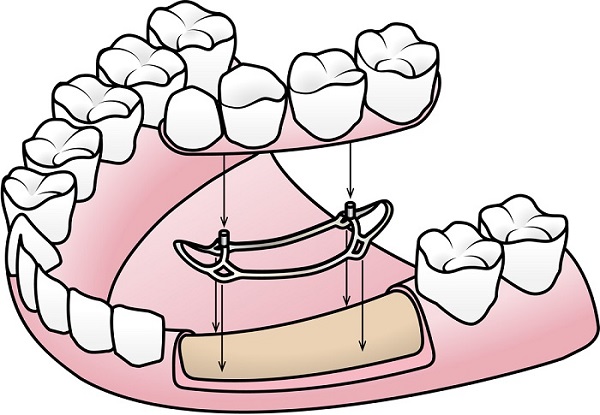
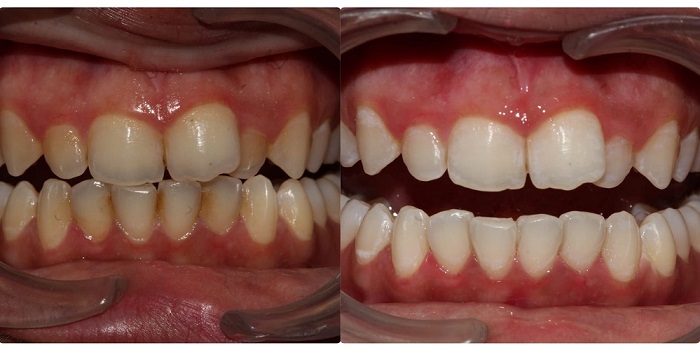

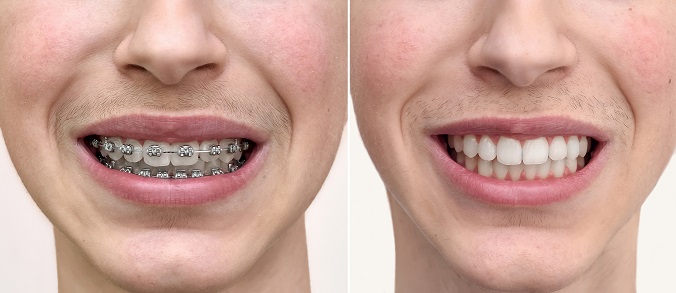

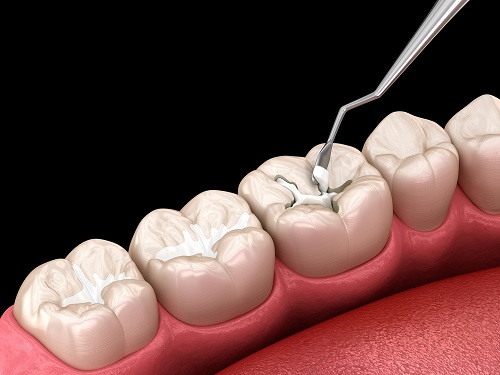
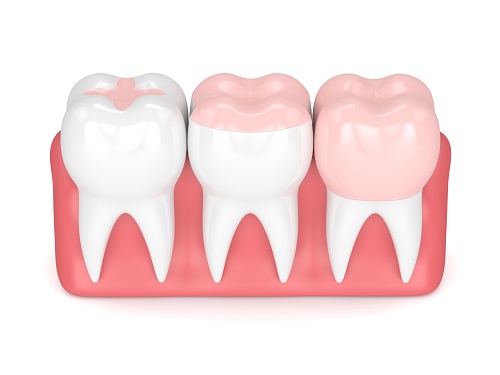
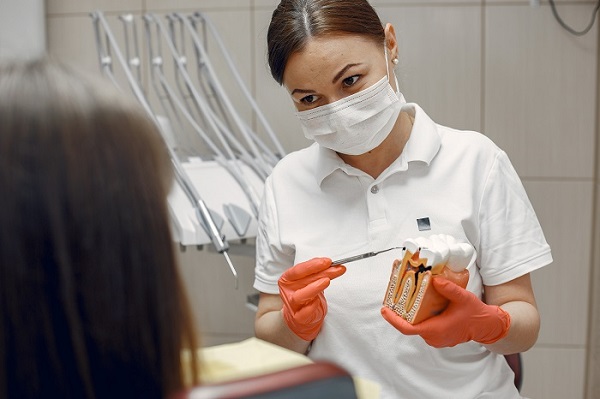
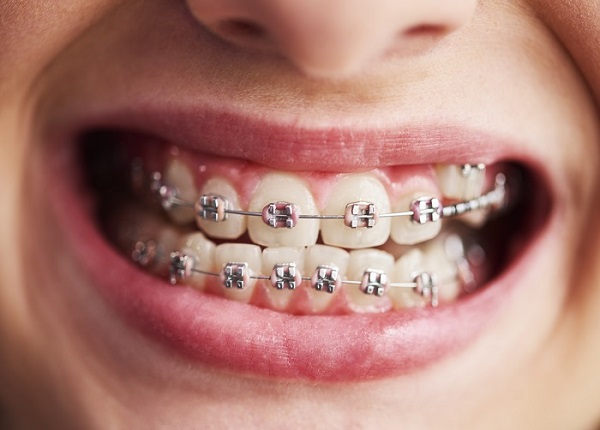
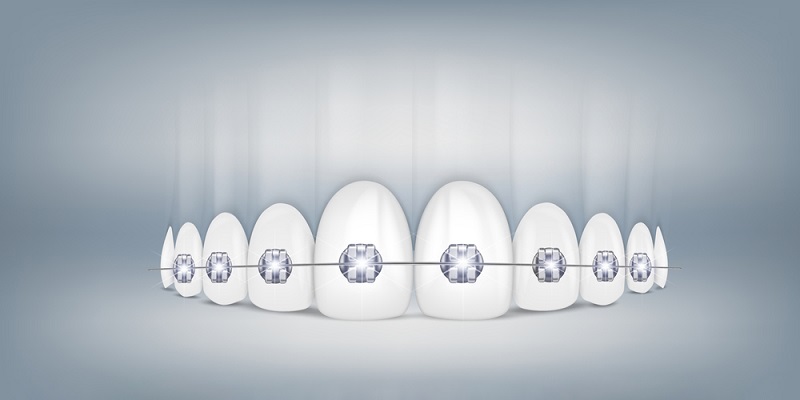
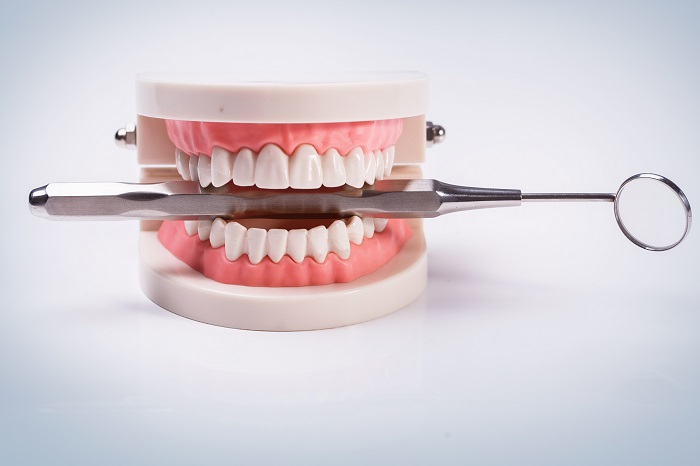
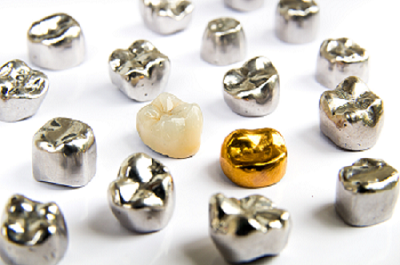
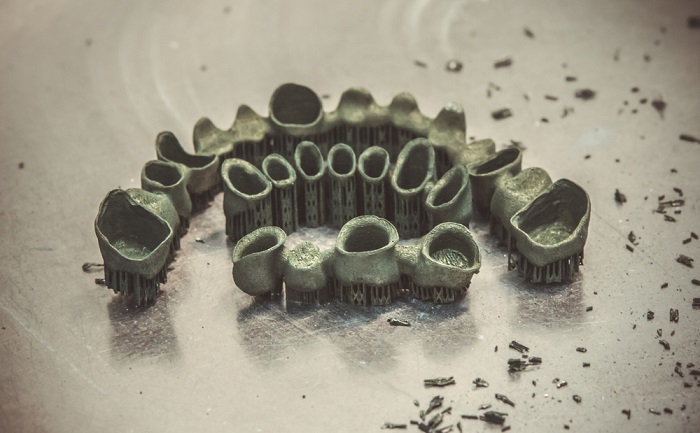
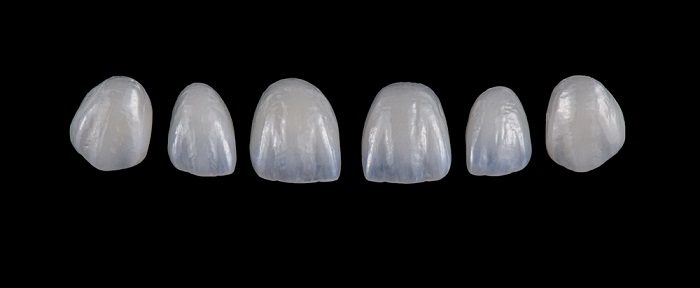
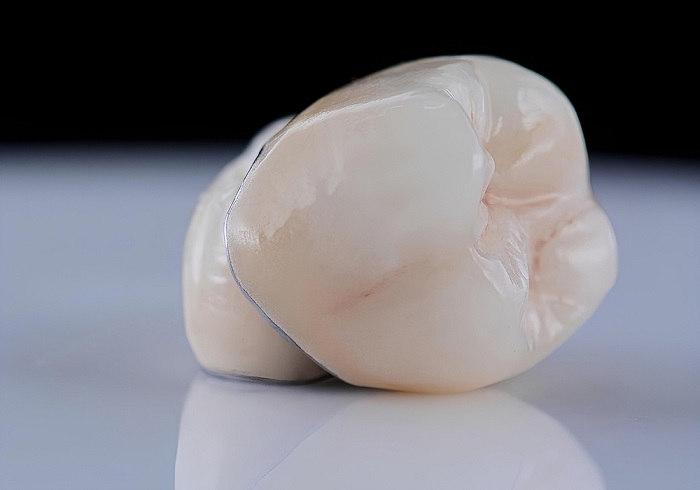

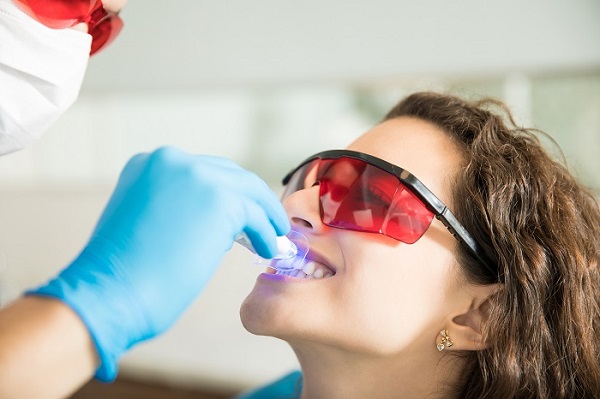
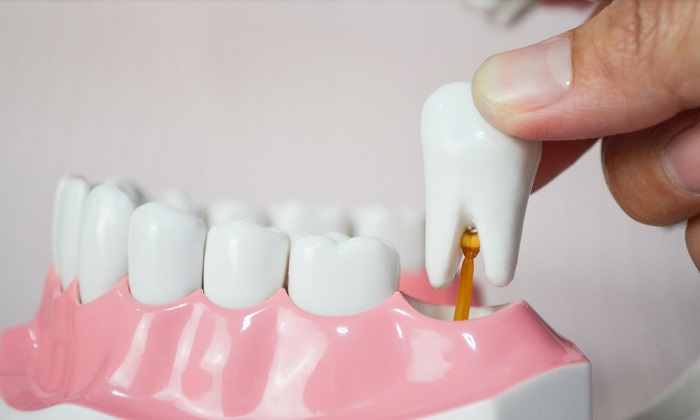

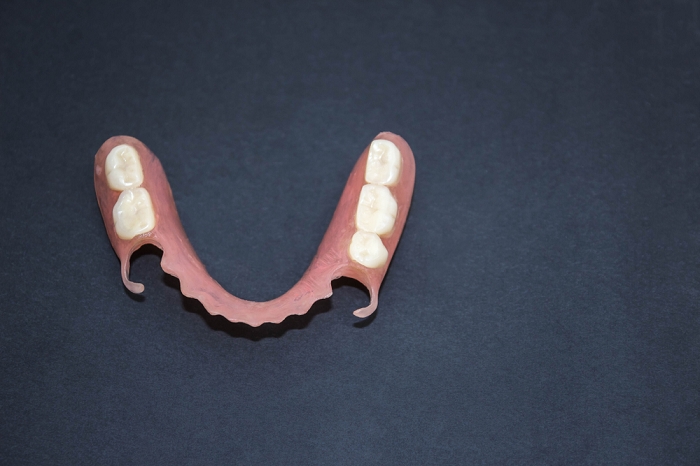
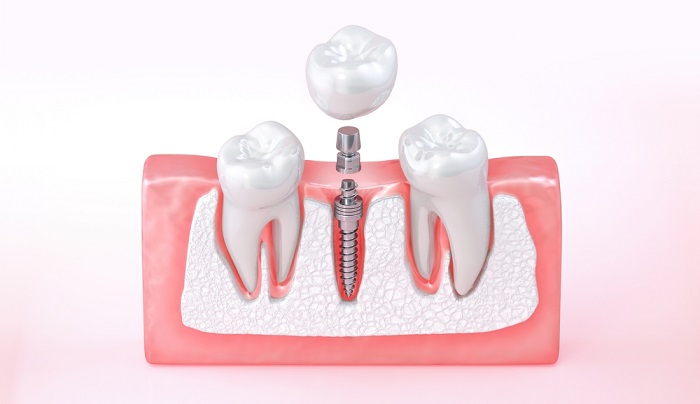
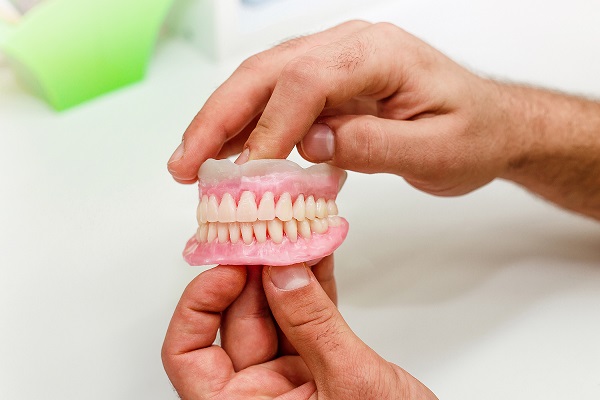
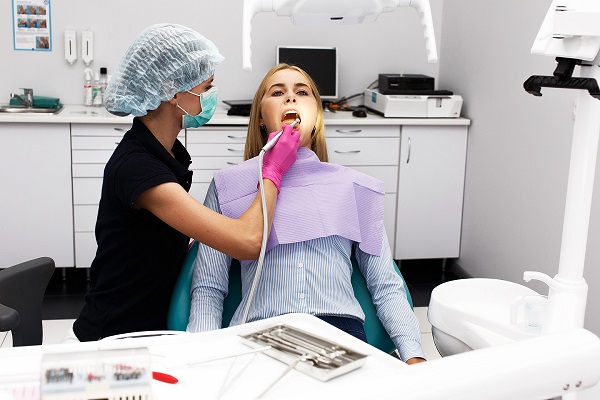
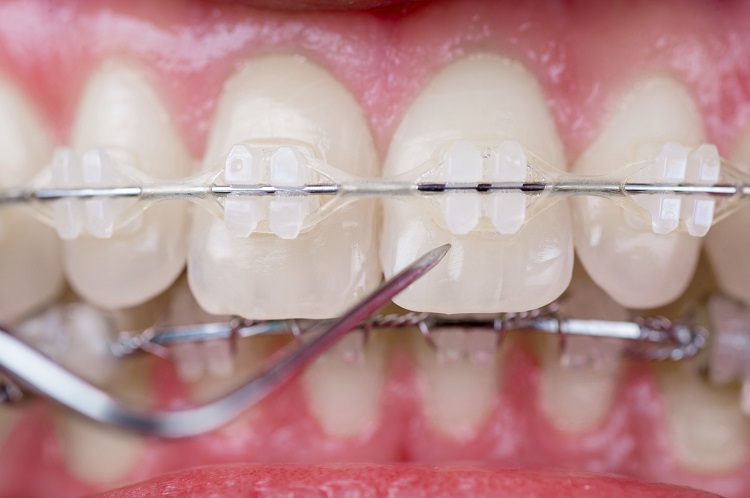
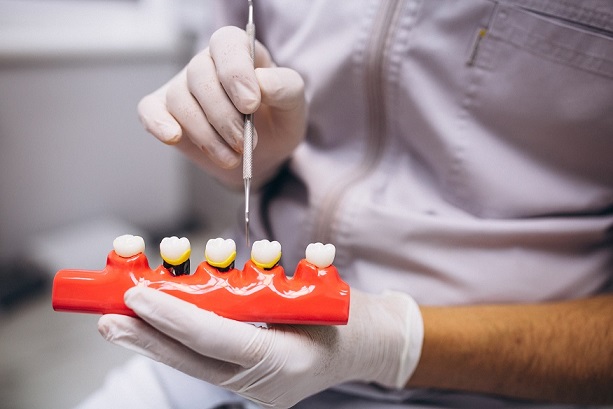
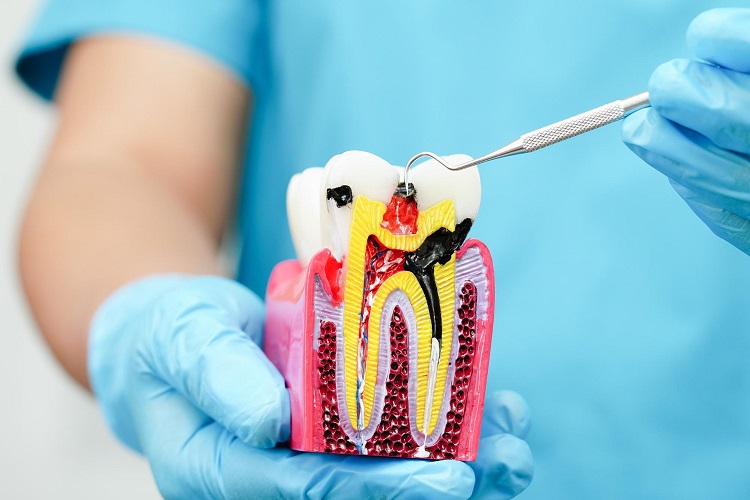
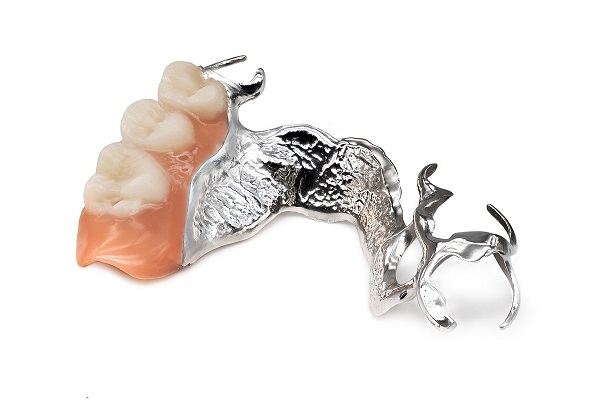
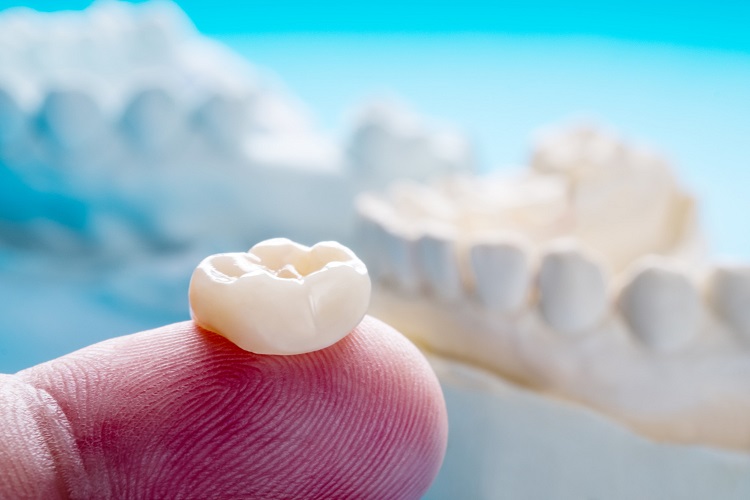
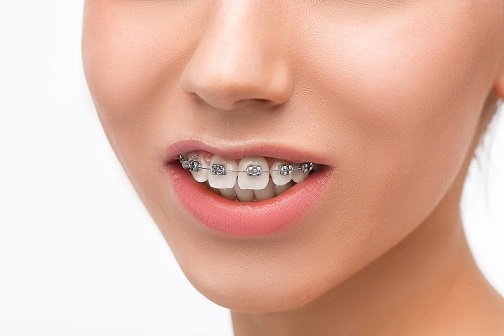

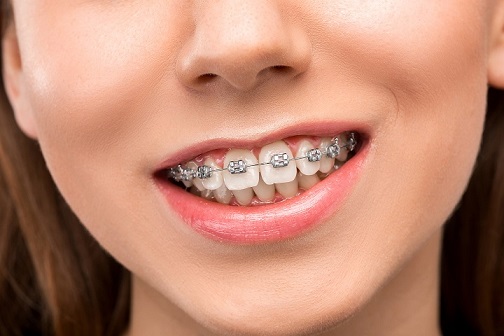
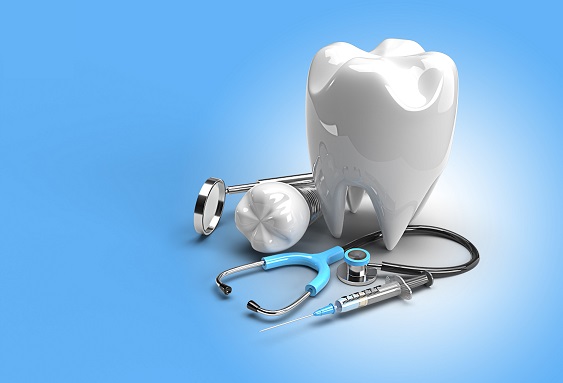
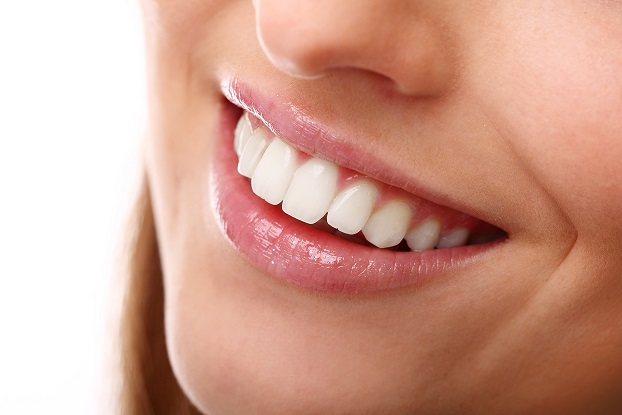
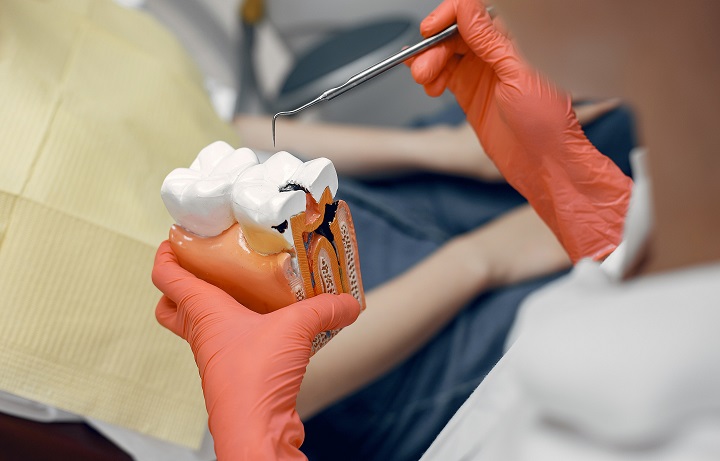
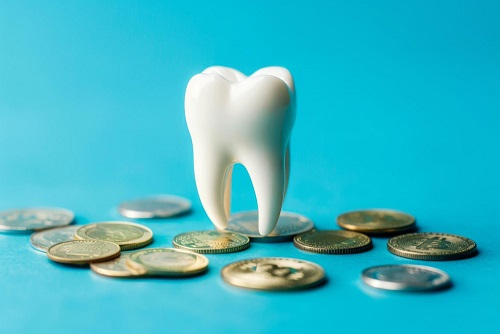
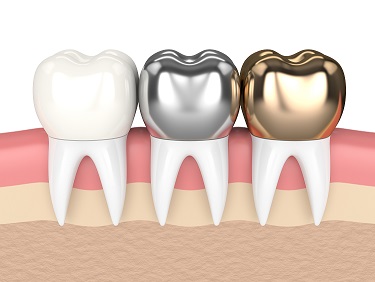
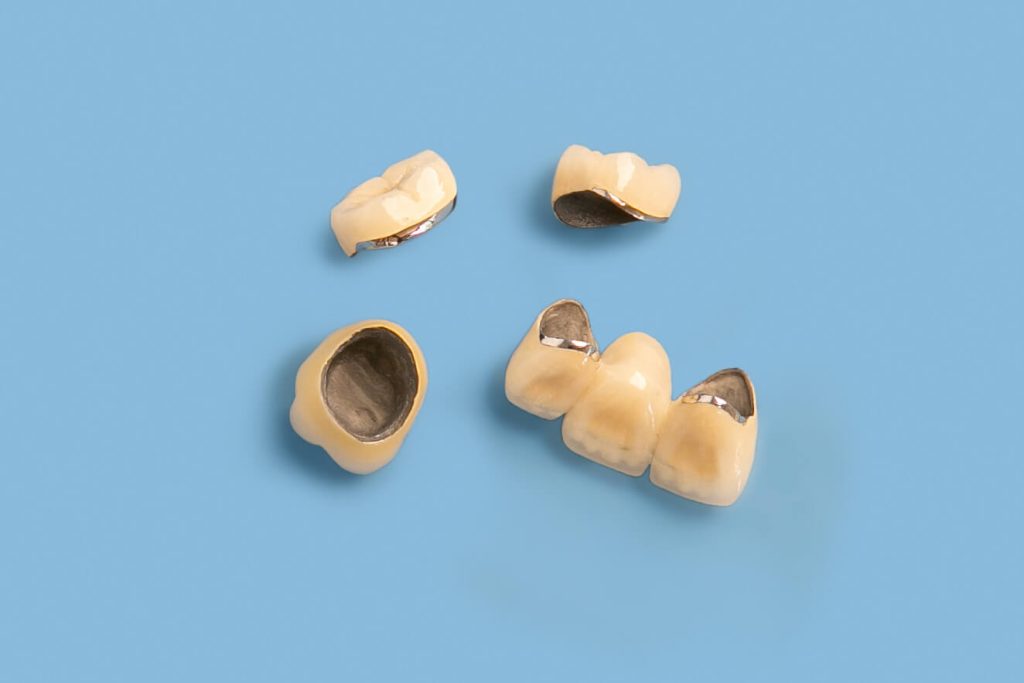
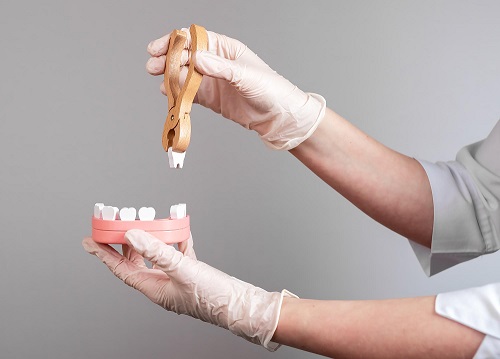
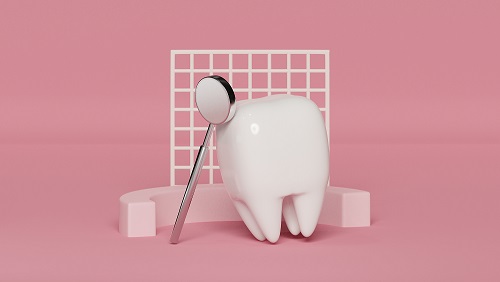
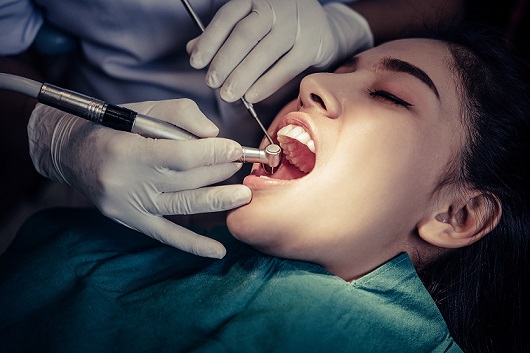
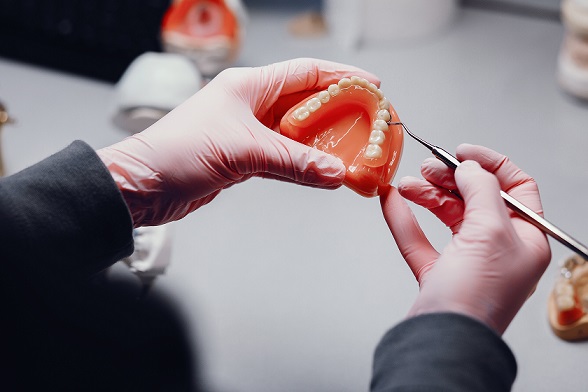
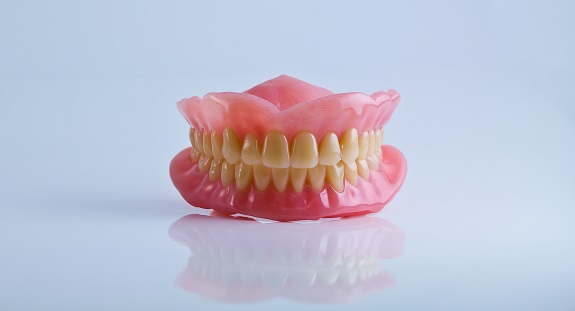
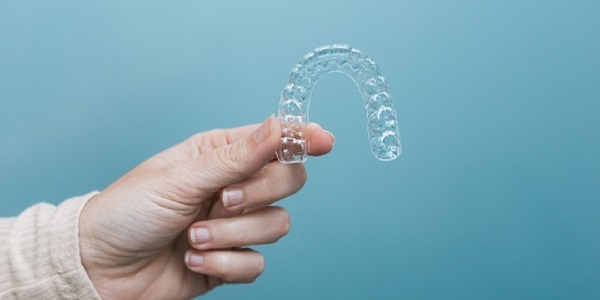
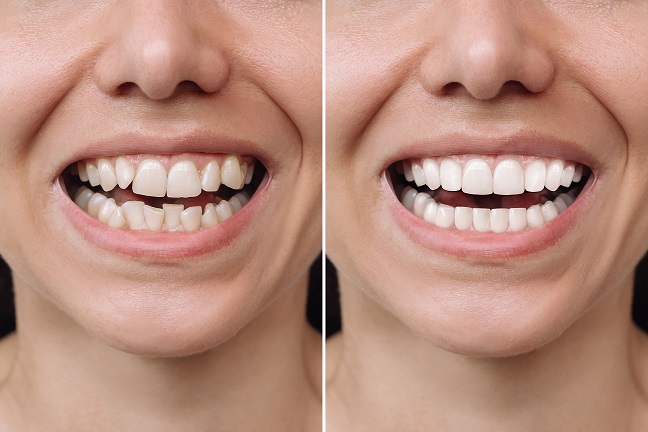
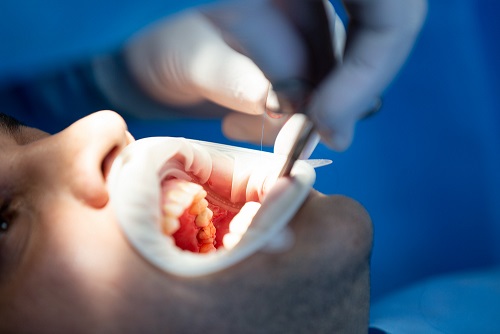
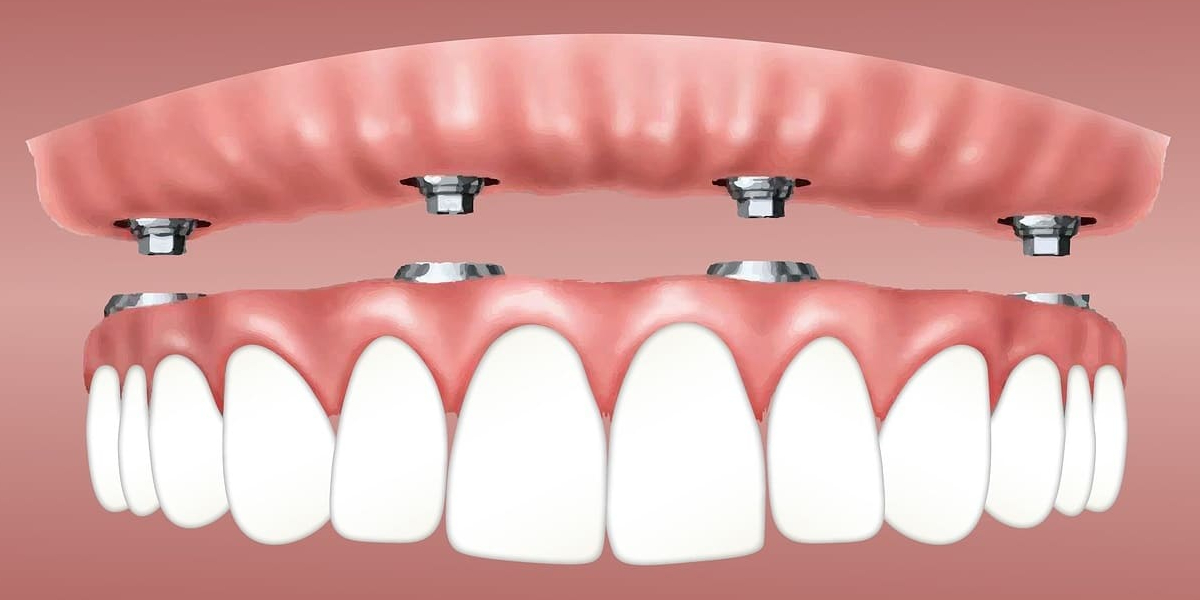
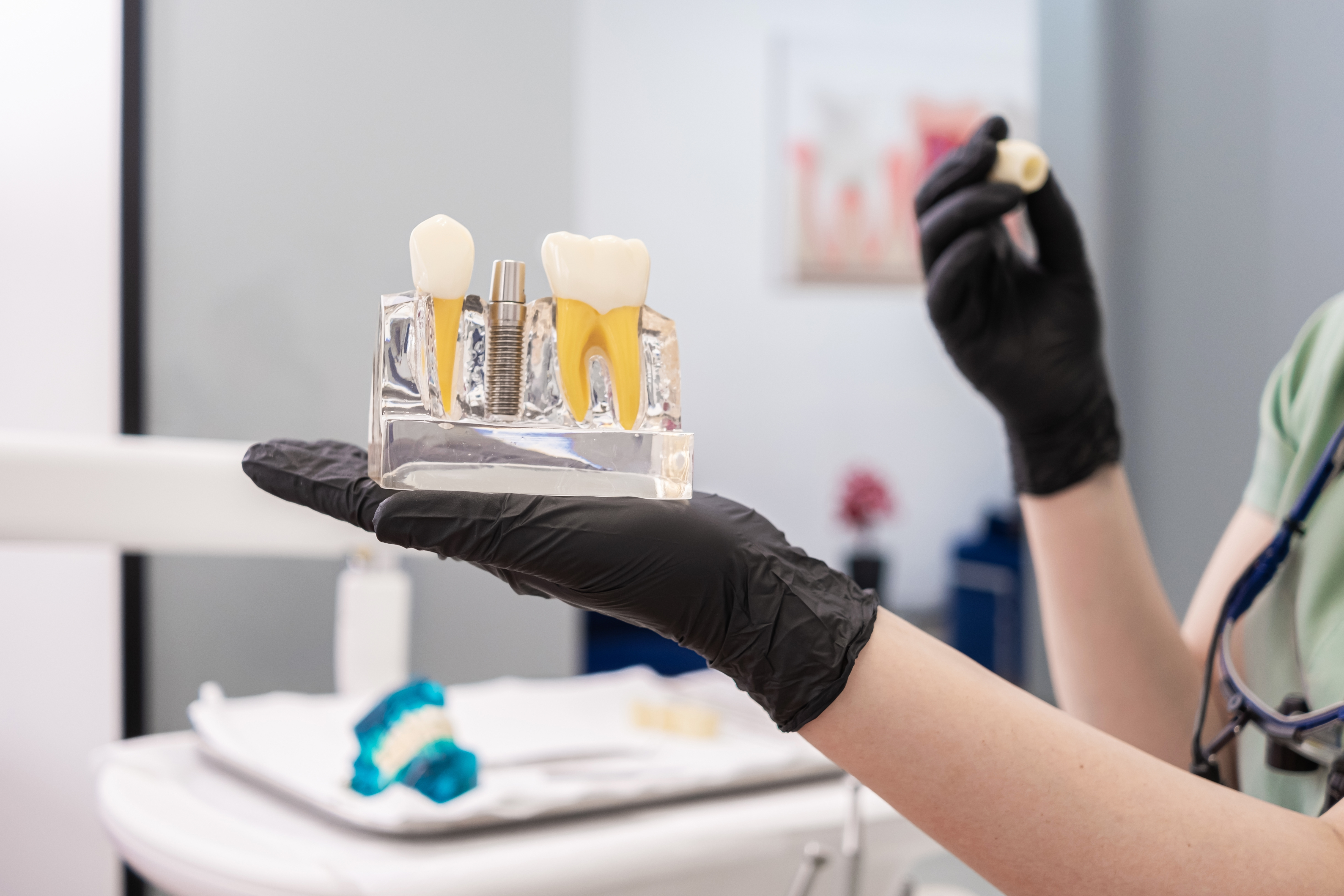

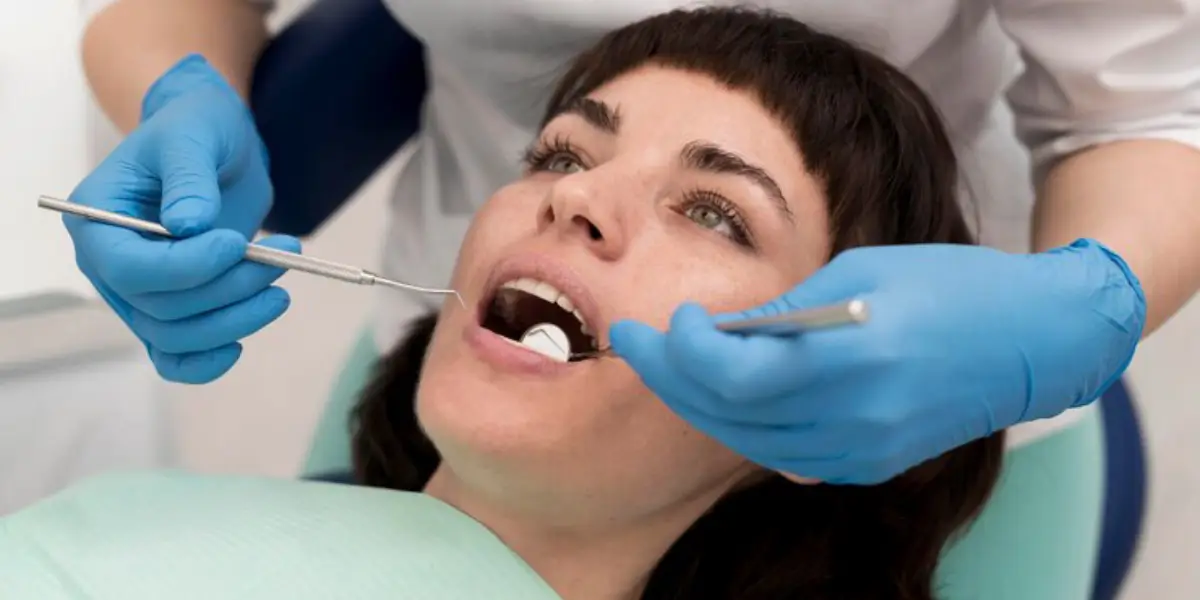
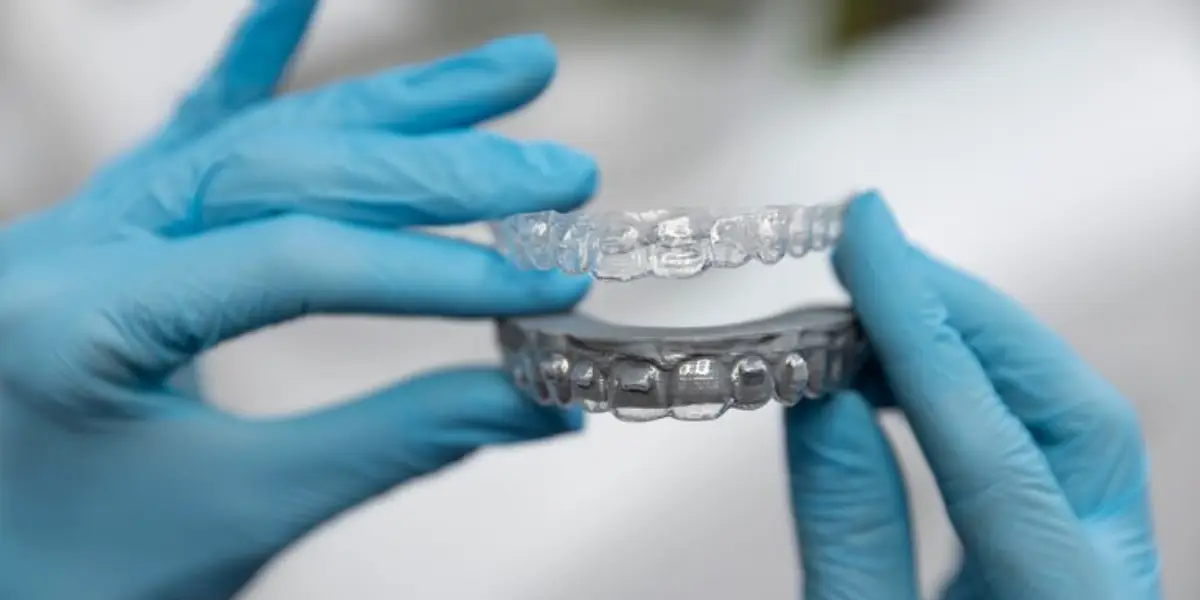
.jpg)
.jpg)
